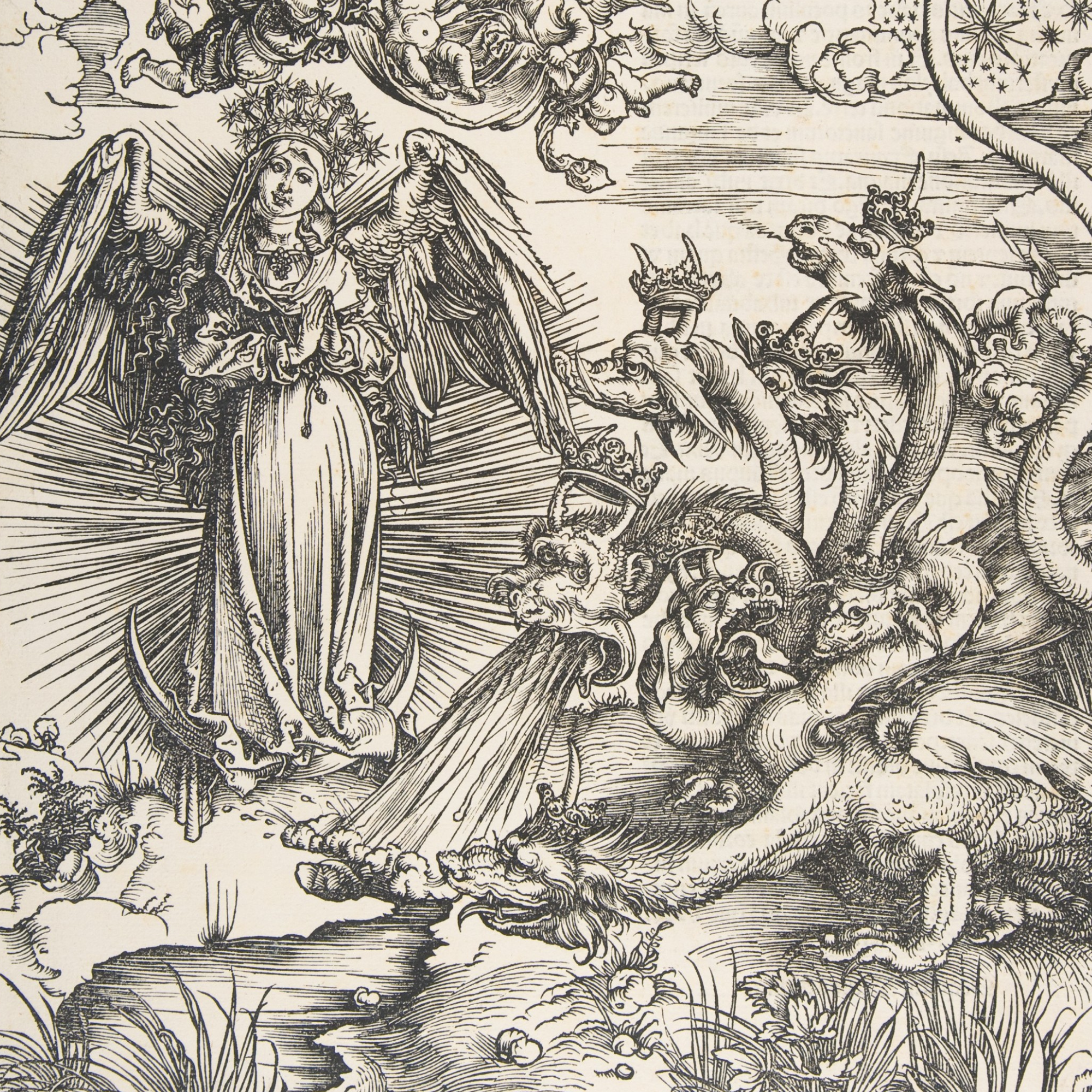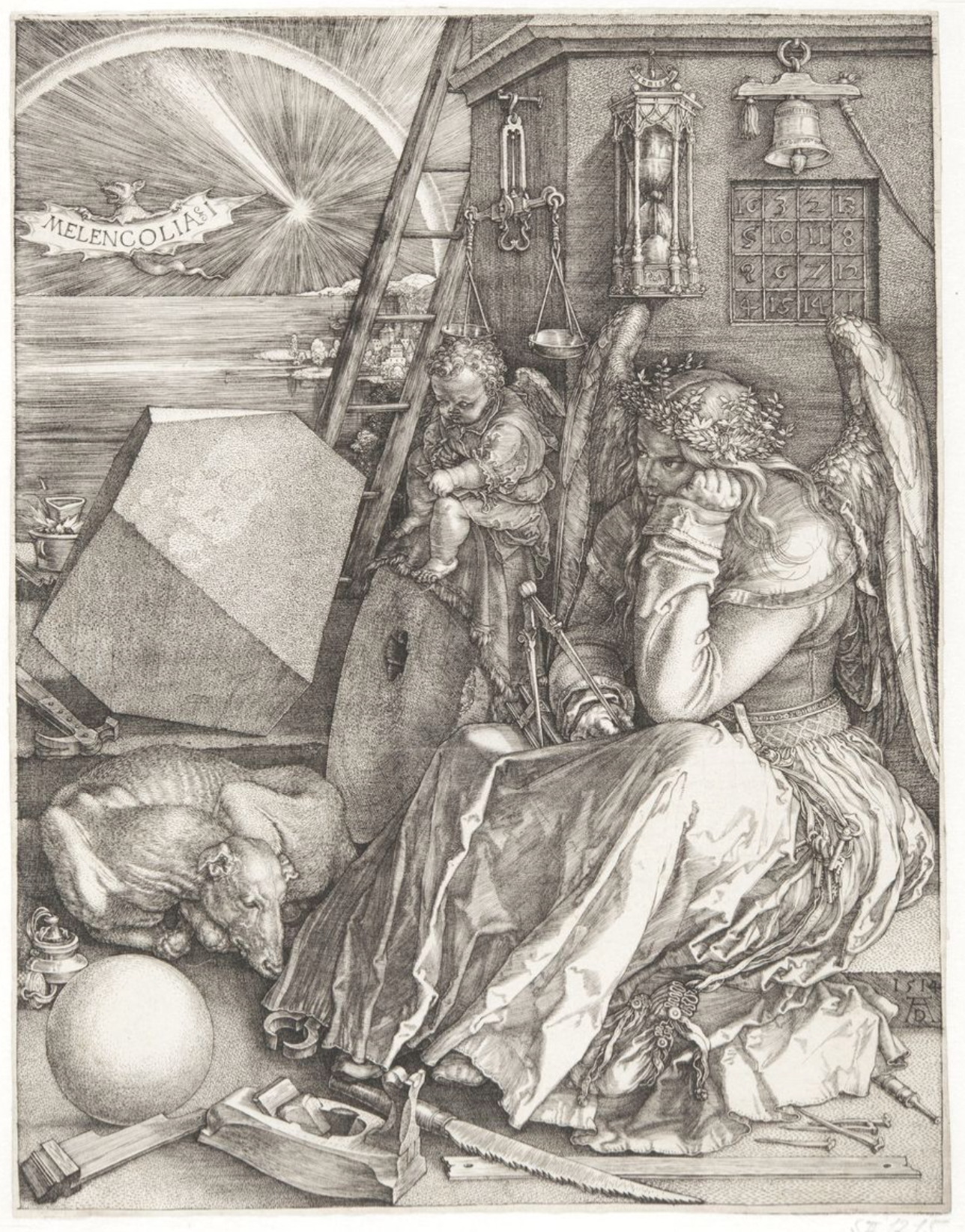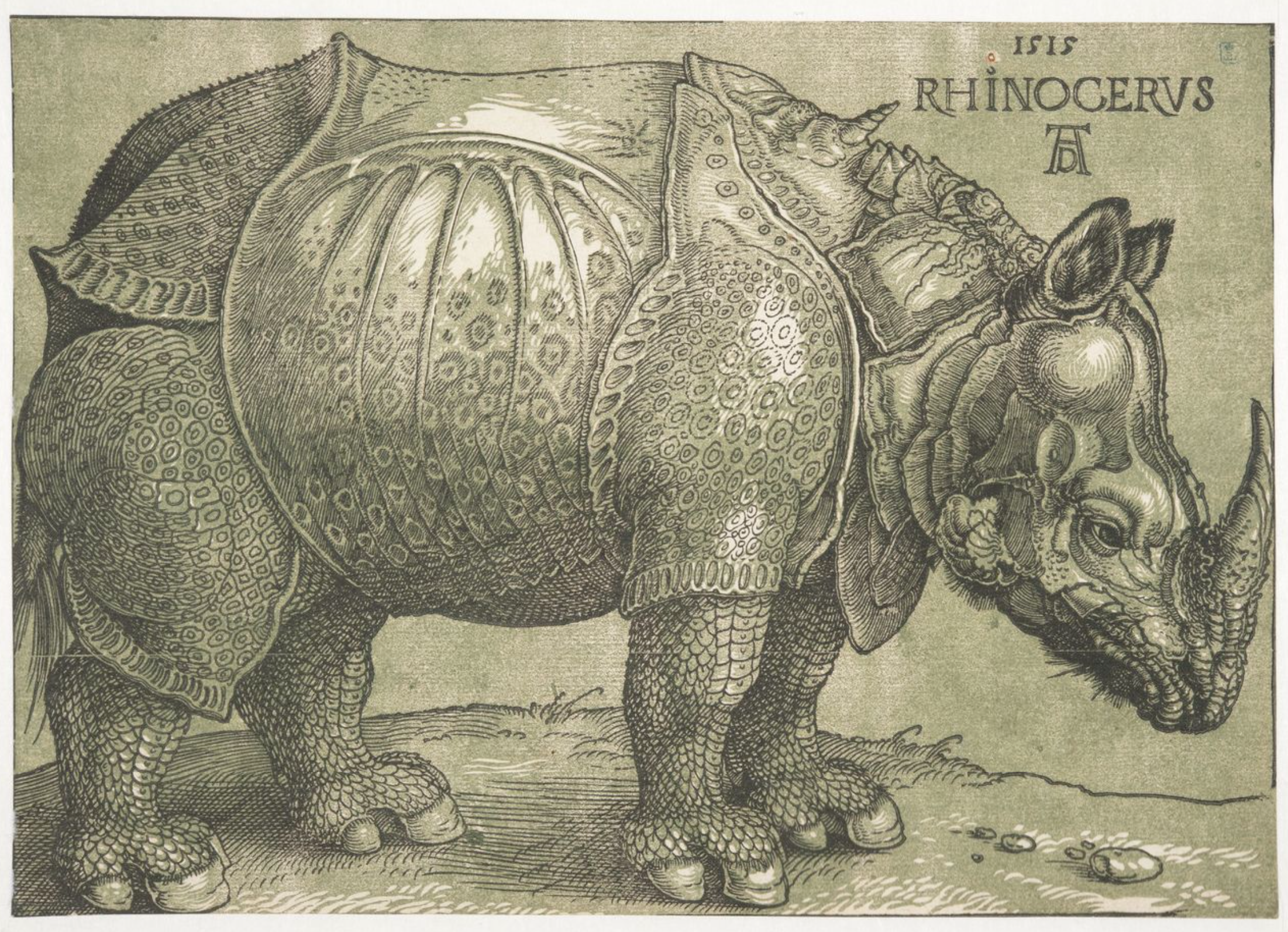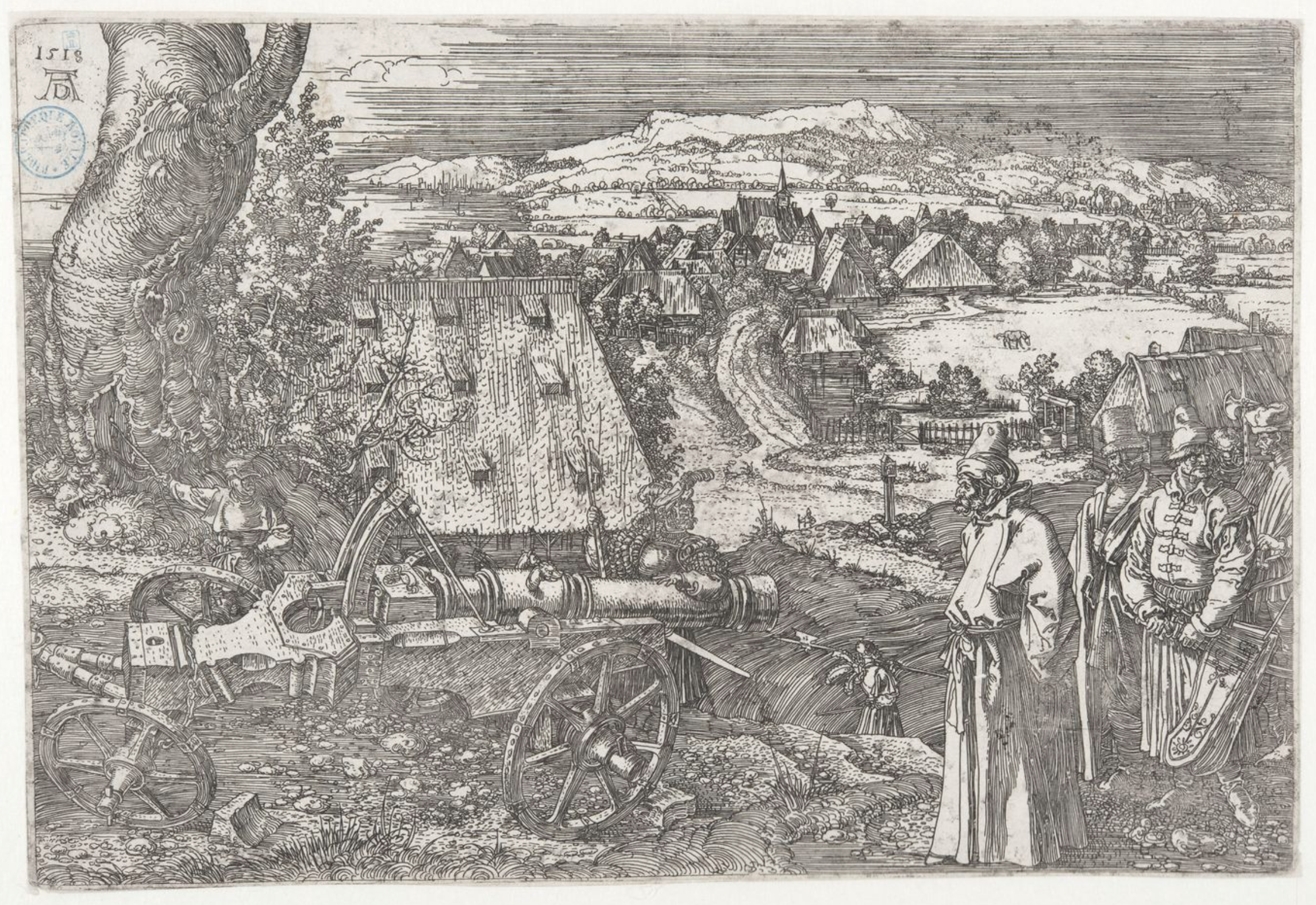DÜRER IN ANTWERPEN
Masterpieces from the collection of KBR
STARTING 6 DECEMBER 2024

On two August 1520, Albrecht Dürer arrived in Antwerp. He was welcomed there like a celebrity. Thanks to the beautiful engravings, woodcuts and etchings he marketed in the previous decades, his name and his work were known all over Europe. During his lifetime, Dürer was already considered the most important printmaker of his time.
His personal monogram was a well-known trademark.

This exhibition offers a broad overview of Dürer's graphic work drawn from KBR's rich collections. Well-known early works such as the engraving ‘Holy Family with the dragonfly’ and the woodcut series ‘The Apocalypse’, still date from the late 15th century. They already show a high degree of technical mastery and numerous innovations in the artistic field. Dürer drew inspiration from prints by Schongauer and Mantegna during this period and learnt about Renaissance art on his first trip to Italy.

In addition to numerous single engravings and woodcuts, all of which are masterpieces, Dürer creates several large series in the first decade of the new century, which he has executed in woodcut. For commercial reasons, he chooses themes that are in high demand, such as the ‘Life of Mary’ and the ‘Passion of Christ’. These bestsellers not only bring in money. They put Dürer on the European map as a Renaissance grand master.
A highlight of Dürer's career as a printmaker are three engravings from the years 1513-1514. ‘Knight, Death and Devil’, ‘Saint Jerome in his Study’ and ‘Melencolia’ were already considered technically and artistically perfect in the 16th century. They remained sought after by collectors for centuries, inspired artists, and are to this day the object of diverse and often speculative interpretations.

In the years 1515-1518, Dürer experimented with etching; a new technique of biting a drawing into a metal printing plate by means of an acid. The ‘Landscape with a cannon’, is among his most successful works in this technique. Dürer's versatility as an artist and his broad interest in science and culture are further illustrated by works such as the famous depiction of an Indian rhinoceros or ‘Rhinoceros’, and the earliest printed map of the northern starry sky. Dürer was also a gifted portraitist. He also produced portraits of famous people like Emperor Maximilian I and Desiderius Erasmus in print form.

Both before and after his arrival in Antwerp and the Low Countries, his graphics exerted an influence on artists here and particularly on printmakers. Finally, Dürer's long-standing artistic impact on artists such as Lucas van Leyden, Jan Gossart, Hieronymus and Johannes Wierix or Hendrick Goltzius is highlighted. This exhibition is a unique opportunity to learn about beautiful prints of masterpieces by Dürer, his contemporaries and his followers.





GUIDED TOUR
On this guided tour, we dive into the masterful graphic work of Albrecht Dürer, one of the greatest artists of the Renaissance. We explore the techniques he used, such as wood engravings and etchings, and discover how Dürer took the graphic medium to new heights. The guide highlights the symbolism and profound meaning behind his famous works, such as ‘Melencholia’ and ‘The Apocalypse’. Through his detailed and expressive prints, you will get a unique insight into the artistic and intellectual context of his time. This tour offers an opportunity to understand Dürer's versatility, not only as an artist, but also as a pioneer in graphic art.
Duration: 1h15
Price: €80 (Max. 12 people per guide)
(Entry ticket or Museum Pass not included)